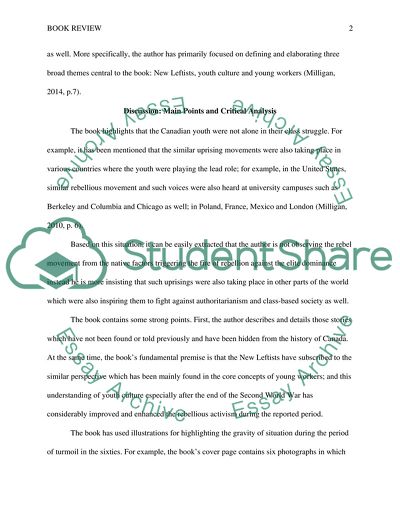Cite this document
(“Rebel Youth By Ian Milligan Book Report/Review Example | Topics and Well Written Essays - 500 words”, n.d.)
Rebel Youth By Ian Milligan Book Report/Review Example | Topics and Well Written Essays - 500 words. Retrieved from https://studentshare.org/literature/1701939-rebel-youth-by-ian-milligan
Rebel Youth By Ian Milligan Book Report/Review Example | Topics and Well Written Essays - 500 words. Retrieved from https://studentshare.org/literature/1701939-rebel-youth-by-ian-milligan
(Rebel Youth By Ian Milligan Book Report/Review Example | Topics and Well Written Essays - 500 Words)
Rebel Youth By Ian Milligan Book Report/Review Example | Topics and Well Written Essays - 500 Words. https://studentshare.org/literature/1701939-rebel-youth-by-ian-milligan.
Rebel Youth By Ian Milligan Book Report/Review Example | Topics and Well Written Essays - 500 Words. https://studentshare.org/literature/1701939-rebel-youth-by-ian-milligan.
“Rebel Youth By Ian Milligan Book Report/Review Example | Topics and Well Written Essays - 500 Words”, n.d. https://studentshare.org/literature/1701939-rebel-youth-by-ian-milligan.


